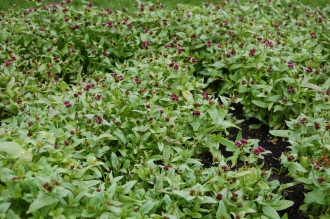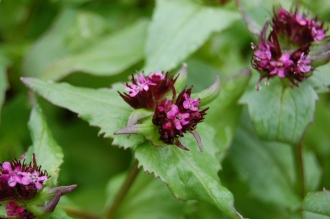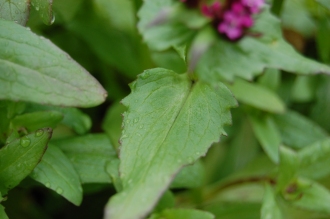Position: Full sun
Flowering period: Summer to early autumn
Soil: Moist, well drained
Eventual Height: 1.5m
Eventual Spread: 40cm
Hardiness: 9a, 9b, 10a, 10b, 11
Family: Cleomaceae
Cleome hassleriana ‘White Queen’ is a herbaceous annual with an upright habit. Its dark green leaves are spirally arranged, palmately compound with up to 7 leaflets. Its leaflets are lanceolate with entire margins, up to 12cm long and 4cm broad. Its white flowers have up to 4 petals, 6 distinctively long stamens and appear as terminal racemes which are up to 15cm across. Its fruit is a capsule which is up to 12cm long and 3mm broad. This plant may self seed given the right conditions.
Cleome hassleriana ‘White Queen’, commonly known as Spider Flower or Spider Plant, is native to south east South America.
The etymological root of the binomial name Cleome is derived from an ancient name of a mustard like plant, in reference to its seed pods. Hassleriana is named after Emile Hassler (1864 – 1937), a Swiss botanist and plant collector.
The landscape architect may find Cleome hassleriana ‘White Queen’ useful as a useful infill annual plant with a long flowering period. It may also be used as part of a bedding plant scheme. Once established this annual is drought tolerant.
Ecologically, Cleome hassleriana ‘White Queen’ is attractive to nectar loving insects and birds.
Cleome hassleriana ‘White Queen’ prefers moist, fertile, well-drained soils. It tolerates most pH of soil.
Cleome hassleriana ‘White Queen’ requires little maintenance.












